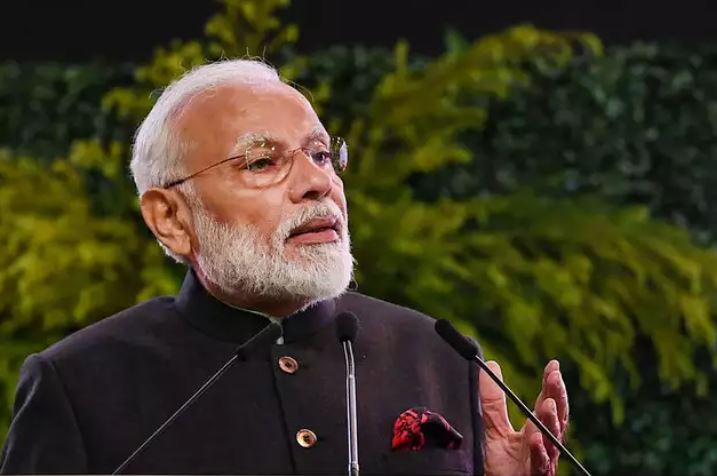Recently, Prime Minister Modi went into an overdrive to revive India’s Coronavirus-battered economy into a self-reliant global hub of manufacturing. He announced a massive Rs. 20 lakh crore package, roughly 10 per cent of India’s Gross Domestic Product (GDP) to give immediate relief against the slowdown induced by the Pandemic and the related lockdowns.
However, while the total package is worth Rs. 20 lakh crores, the Modi government has remained fiscally astute to ensure that the real cost on the exchequer is limited to Rs. 1 lakh crore in order to maintain fiscal discipline during the ongoing crisis.
Out of the Rs. 20 lakh crore package, Rs. 8.04 lakh crore have already been injected into the system in the form of additional liquidity through various means across the months of February, March and April.
Add to it, the Rs. 1.7 lakh crore relief package that Union Finance Minister Nirmala Sitharaman had announced on March 27, shortly after the imposition of a nationwide lockdown. Half of Modi government’s Rs. 20 lakh crore package is thus taken care of by way of the March relief package and the injection of additional liquidity inserted in the system by the RBI over the past three months.
On Wednesday, Finance Minister Nirmala Sitharaman announced a major MSME package, whose cost adds up to Rs. 5.94 lakh crore package, and while the value of the first instalment of the package announced by PM Modi on May 12 has come out to be just below Rs. 6 lakh crores, the real burden on the exchequer comes out to be around just Rs. 25,500 crores.
The government has given a major impetus to credit outflow to MSMEs in form of guarantees on collateral-free loans to the tune of Rs. 3 lakh crores to such stressed enterprises. Even if some of the MSMEs were to default, the burden won’t shift onto the government in the ongoing financial year because there is a one-year moratorium on repayment of principal by businesses taking credit under this package.
Other components of the relief package include Rs. 20,000 subordinate loans, in which the government’s share is limited to Rs. 4,000 crores to Credit Guarantee Trust for Micro and Small Enterprises (CGTMSE), set up by SIDBI and the Government of India, equity infusion through a Rs. 50,000 crores corpus via Fund of Funds mechanism, in which the Modi government will directly contribute Rs. 10,000 crores.
The Modi government has also come to the rescue of Financial Companies through guarantee for investment-grade debt paper issued by them to the tune of Rs. 30,000 crores. This will help them in enhancing liquidity, and government’s share will be limited to the extent of default by Finance companies.
The government’s risk is the highest in the Rs. 45,000 crores to be raised by stressed NBFCs, again guaranteed by the Modi government. This is partially guaranteed with the government saying that it will take up 20 per cent of the loss, that could run as high as Rs. 9,000 crores.
The government will also contribute Rs. 2,500 crores directly towards employer and employee EPF contribution.
On Day 2 of the announcement of the relief package, Finance Minister Nirmala Sitharaman came up with a Rs. 3.16 lakh crore package- this time with focus on farmers and migrants. However, the Finance Minister has yet again shown fiscal discipline and rectitude, and a top government official told Business Standard that the immediate fiscal cost on the exchequer would be Rs. 10,000 crores.
Read: With MSMEs and Real Estate in focus, FM Sitharaman unveils Rs 6 lakh crore plan to revive economy
Therefore, the Modi government has been fiscally prudent in the face of the COVID-19 outbreak, and has managed to mitigate the burden imposed by the Rs. 20 lakh crore package that has been announced on May 12. The focus of the government is on enhancing liquidity and encouraging credit outflow into stressed MSMEs and financial companies, but at the same time ensuring that the government does not end up taking too much of fiscal burden. The real cost of the package to the government might come out to be around Rs. 1 lakh crores as the government has managed to mitigate the immediate fiscal cost on the exchequer.
